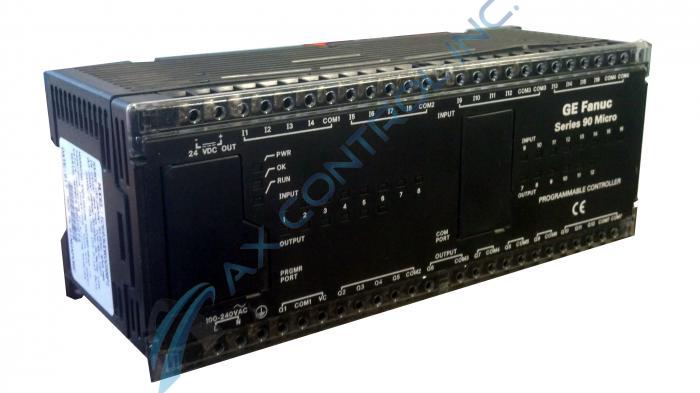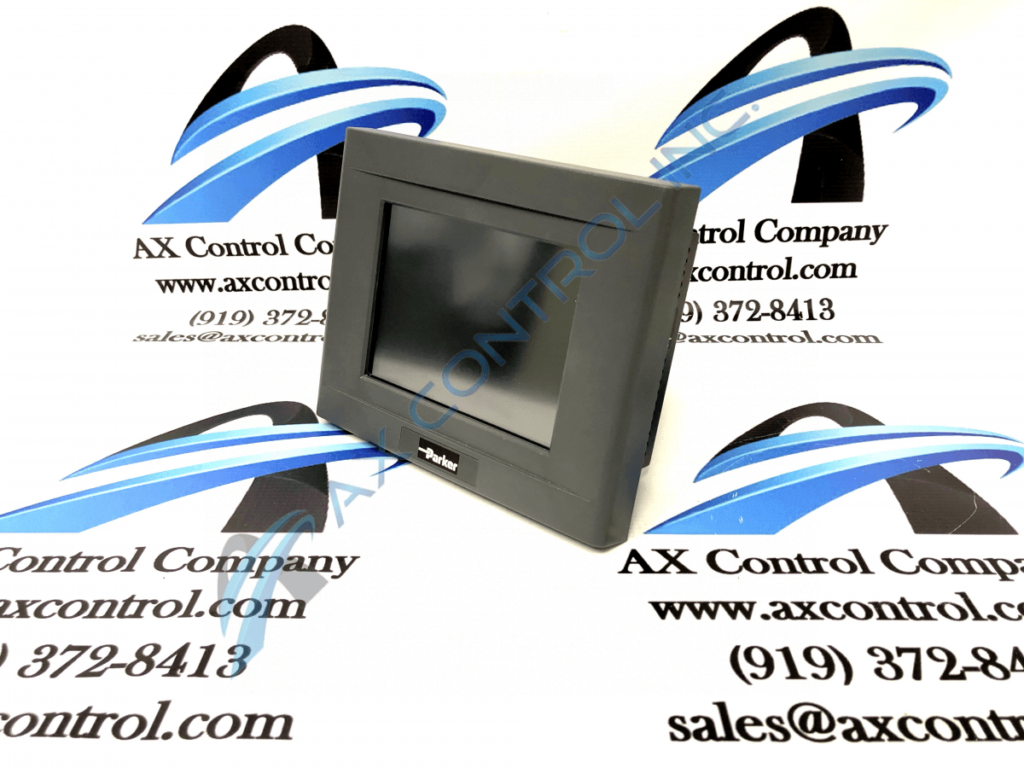If you work in any sort of manufacturing setting, you’ve probably heard the terms PLC, HMI & SCADA. But do you know what they all mean? More importantly, do you know what they do, when to use them, and how they work together within industrial systems?
If you answered “no” to any part of those questions, don’t worry. This tutorial will take you through a quick rundown of the what, where, when and how of these devices and systems.
A Quick Intro to PLC, HMI & SCADA
Before we get into how they interact, lets talk about the individual systems/devices.
What is a PLC?

PLC stands for Programmable Logic Controller. PLCs are often described as ruggedized mini computers designed to communicate with externally placed objects, machines, and systems.
PLCs have three key features. These include inputs and outputs that send and receive data from those external components, some sort of communication protocol in order to connect to some kind of supervisory control (like SCADA), and a way to interface with the device in real time, typically through an HMI.
Learn more about PLCs with our separate PLC tutorial.
What is an HMI?

HMI stands for Human Machine Interface. Terms like Operator Terminal (OT) or Local Operator Interface (LOI) sometimes get used to describe HMIs. Regardless of the name, a HMI is a user interface that allows local interaction between humans and machines.
As mentioned above, HMIs connect to and communicate with PLCs. They allow humans to
- monitor machine inputs and outputs
- track data like production times and tags locally
- manage key performance indicators (KPIs)
If you’ve ever used an ATM, you understand why HMIs are important and how they work. When you’re standing at the ATM screen, you’re able to check your bank balance, transfer money, possibly even send a message to the bank manager. You enter a specified withdrawal and that amount of money will come tumbling out of another part of the unit.
That’s exactly how HMIs work in industrial settings. They let an operator check a system, send a message, or create a mechanical change (like the money delivery) through inputs on the HMI screen and keyboard.
What is SCADA?
SCADA, or Supervisory Control and Data Acquisition, does what it says: it supervises, controls, and acquires data.
If the HMI in the above example is like an ATM, then a SCADA system is more like the banking software controls, the anti-theft devices, the ATM machine (including the input panel we equated to our HMI), and the connected hardware to distribute cash and accept deposits.
SCADA architecture includes PLCs and HMIs, as well as sensors and end devices. The system processes and distributes data to distributed HMIs, allowing for local data analysis and decision-making.
Also, SCADA helps large, complex locations simplify data. These systems can be found in manufacturing, recycling, the energy sector, even in supermarkets.
How are PLCs Programmed?
Almost all PLC programming uses ladder logic. Ladder logic is a traditional programming language based upon relay diagrams. Ladder diagrams showed how relays wired together. When PLCs took over many jobs relays previously did, programmers kept this old programming language in place. We have a whole other blog about ladder logic, if you’re interested.
Other options include function block diagrams, sequential function charts, and structured text.
How Do SCADA, HMIs, and PLCs Interact?
The first thing to know is this: HMIs can run without PLCs or SCADA. Likewise, PLCs can run without SCADA. PLCs can work without HMIs, but rarely get built that way. And SCADA? Well, SCADA almost always includes the other two.

You must be logged in to post a comment.